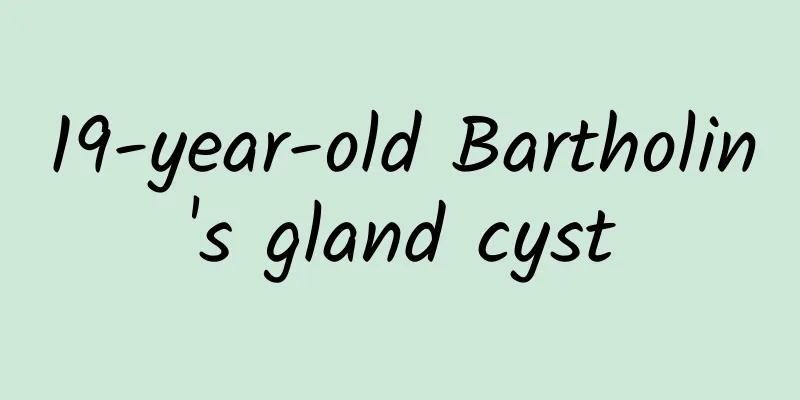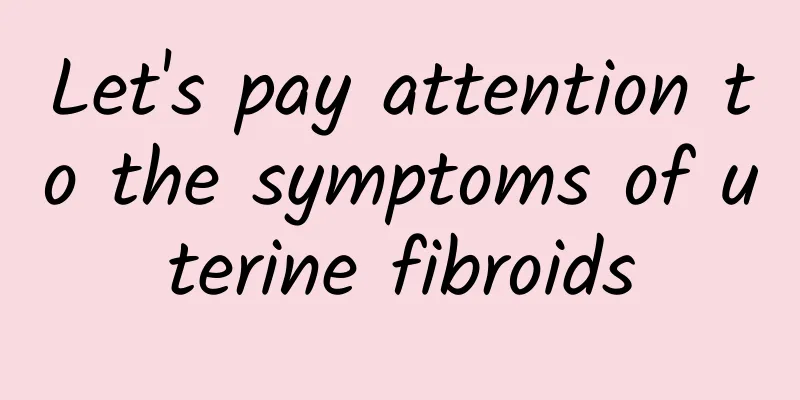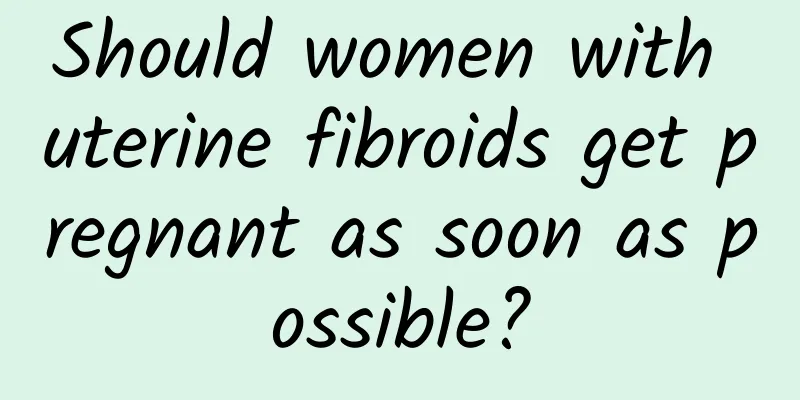19-year-old Bartholin's gland cyst

|
Bartholin's gland cysts at the age of 19 are mostly caused by obstruction of the gland's duct. Treatments include medication, local drainage, and cystectomy, depending on the size of the cyst and the extent of infection. Early medical attention can effectively relieve symptoms and prevent recurrent infections. 1 Causes of Bartholin's gland cyst Bartholin's gland cysts are mostly caused by blockage of the gland duct, which prevents the gland secretions from being discharged and gradually accumulates to form a cyst. The following factors may be related to the formation of cysts: Physiological factors: The gland ducts of some people are narrower, which can easily cause blockage due to the accumulation of secretions. External factors: Wearing tight, non-breathable clothing for a long time or not paying attention to the cleanliness of private parts may cause infection. Infection: Certain bacteria such as Staphylococcus aureus and Escherichia coli may cause inflammation around the catheter and accelerate the formation of cysts. For these reasons, maintaining good perineum cleanliness and avoiding wearing tight pants for a long time are effective ways to prevent cysts. 2 Treatment of Bartholin's gland cyst Depending on the size of the cyst and whether it is accompanied by infection, the following methods can be used for treatment: Drug treatment: For cysts without obvious infection in the early stage, you can try to use local antibiotics or anti-inflammatory drugs to relieve them. The doctor may prescribe ointments such as fusidic acid and erythromycin to relieve symptoms. Drainage: If the cyst is large or infected, your doctor may perform a local incision to drain the fluid and relieve discomfort. Cyst excision: For recurrent or large cysts, it is recommended to completely remove them through surgery to prevent the cyst from forming again. After the operation, you need to strictly follow the doctor's instructions to care for the wound to ensure the recovery effect. 3 Care suggestions in life In addition to treatment, daily care is also critical: Keep your private parts dry and clean, wash with warm water daily and avoid harsh detergents. Choose loose, breathable underwear and avoid wearing tight pants for long periods of time. Improve immunity, pay attention to a balanced diet, and consume more foods rich in vitamin C such as oranges and kiwis. If the cyst gradually increases in size and is accompanied by pain or fever, please seek medical attention promptly to avoid worsening of the condition and to rule out other potential infection risks. |
<<: Chronic salpingitis can cause ovulation bleeding
>>: What medicine should adults take for influenza
Recommend
How to regulate irregular menstruation after childbirth? Try this
Many women will encounter such a situation. After...
What precautions should be taken before medical abortion?
What are the precautions before medical abortion?...
What does uterine blood mean?
Uterine bleeding, in simple terms, refers to uter...
How to scientifically treat cervical erosion of degree 2? What are the causes of cervical erosion?
1. Cervical erosion 2nd degree This is the most s...
Drinking alcohol can make you fat, but quitting drinking will definitely make you lose weight? Nutritionist Zhao Hanying: The key lies in these three reasons
Well-known actress Xiao Zhen once shared that she...
What's wrong with feeling sore and weak all over before menstruation?
What's wrong with feeling sore and weak all o...
Discuss in detail with experts about some of the dangers of vaginitis
The symptoms of each patient with vaginitis are d...
What are the dangers of irregular menstruation in women?
What are the dangers of irregular menstruation in...
What foods can patients with congenital vaginal agenesis eat?
What should people eat if they have congenital ab...
What vegetables should I eat during my period? Spinach, pumpkin, cauliflower
One of the vegetables you can eat during your per...
What are the factors that cause threatened miscarriage?
What are the factors that lead to threatened abor...
What should women pay attention to after uterine fibroid surgery?
Everyone knows that uterine fibroids are a very c...
What to eat for moderate cervicitis
Moderate cervicitis is a gynecological disease th...
Walking to help burn fat: 4 NG postures to avoid
If you want to lose weight healthily, in addition...
Symptoms of chocolate cyst in the adnexal area
Symptoms of chocolate cyst in the adnexal area: O...









